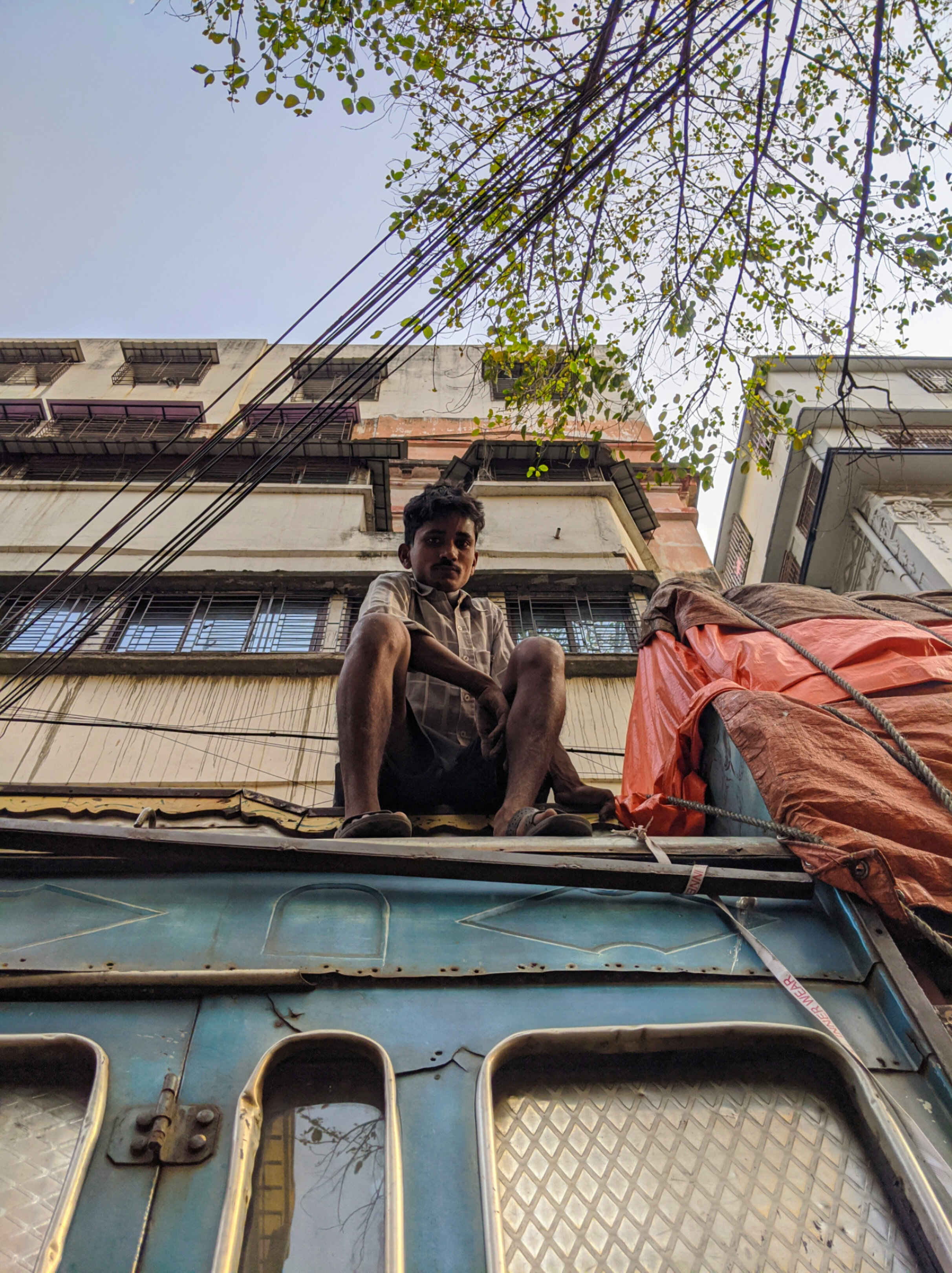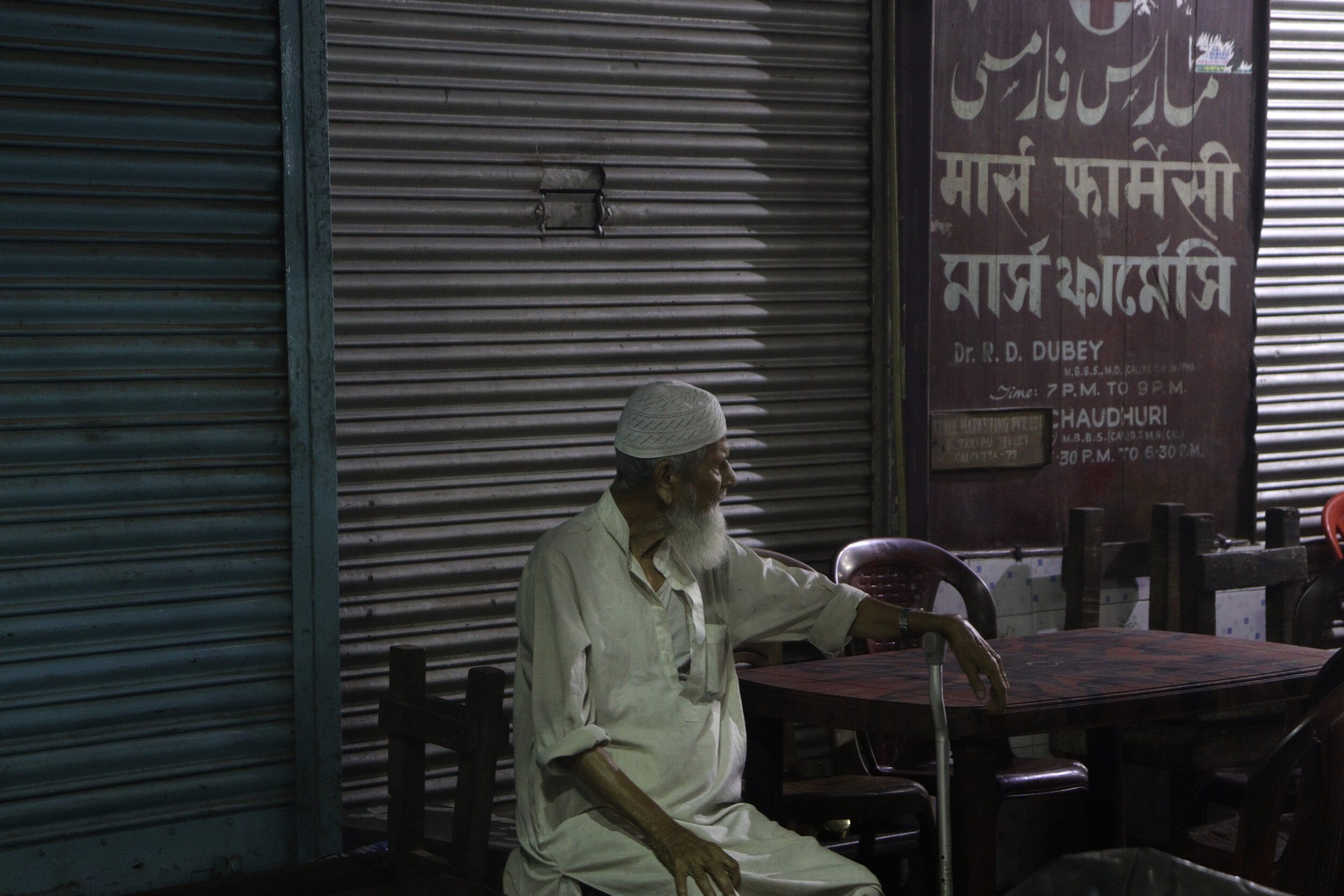Kolkata Hiraeth, A Longing for Home
Photo: Amal Shihabudeen
Photo Gallery: Images of a Kolkata left behind, as another Kolkata paces ahead.
What is a home?
The notion of home goes beyond the ideas of space. To some, home is a place; for some a person. Often, it’s a shoulder on which to rest your head after a long tiring day, a place where you are not only acknowledged, but also welcomed. Home is not confined to the boundaries of a house or a nation; it is a feeling where a human being feels at ease with oneself. Home is where you can take off all your worries and pretences, fold them and put them on a shelf.
From the beginning of time, homo-sapiens started searching for a home. Earlier human beings, the hunter-gatherers moved from place to place in search of their homes. For them, any place which provided enough water and food could be called ‘home’. In the present day, there is an abundance of material goods, but our ever-growing civilisation continuously fails to provide basic necessities to everyone. Many people are homeless in a world where materialism has become the focus of one’s life. They are still in search of their homes like our long-gone ancestors, the hunter-gatherers.
The city of Kolkata is no different. Kolkata is one of the oldest cities in India. The city has an official life of more than 300 years and was once the capital of India under the British rule. Kolkata is one of the fastest growing cities in the world today and bears population of 1.49 crores. There are huge malls, wide roads and beautiful architecture in the city, but can one call it a developed city when a large section of society is not included in this idea of development.
Why does the word development remind us of malls and fast-food chains? Why does it not remind us of the availability of basic necessities for everyone? Why can’t our idea of development be all inclusive? Why does the world have to move for the interests of a few?
Beyond the glamour and the culture of the city lies a world of poverty where people barely manage to make a living. The images here are of people who have been left behind, while the city paces ahead.
Photo: Amal Shihabudeen
Photo: Amal Shihabudeen
Photo: Amal Shihabudeen
Photo: Amal Shihabudeen
Photo: Amal Shihabudeen
Photo: Amal Shihabudeen
Photo: Amal Shihabudeen
Photo: Amal Shihabudeen
Photo: Amal Shihabudeen
Photo: Amal Shihabudeen
Photo: Amal Shihabudeen
Photo: Amal Shihabudeen
Photo: Amal Shihabudeen
Photo: Amal Shihabudeen
***
Amal Shihabudeen is currently studying journalism and mass communication from the English and Foreign Languages University, Shillong. His main area of interest is in filmmaking. You can find him on Instagram: @amalali.77.















